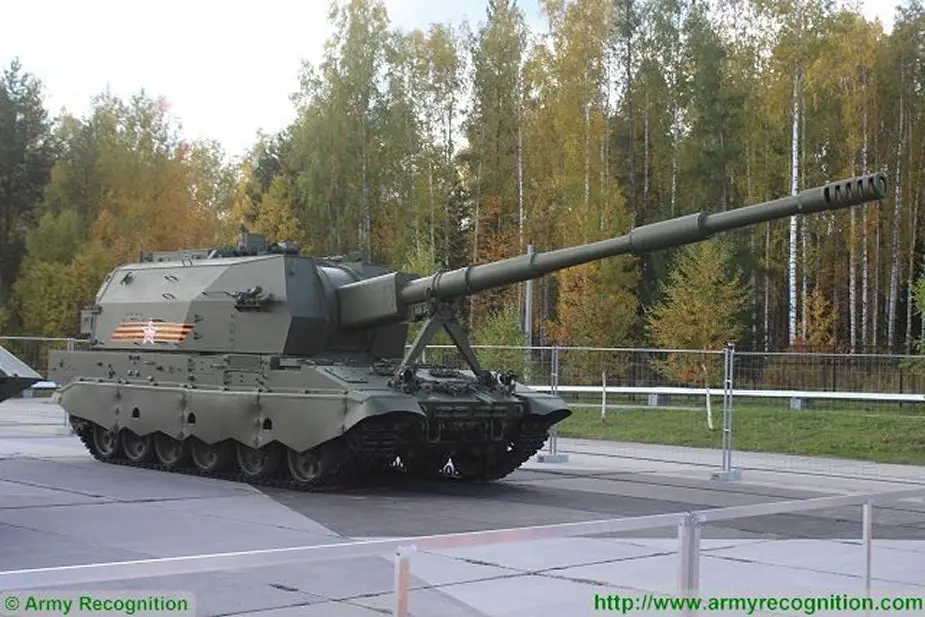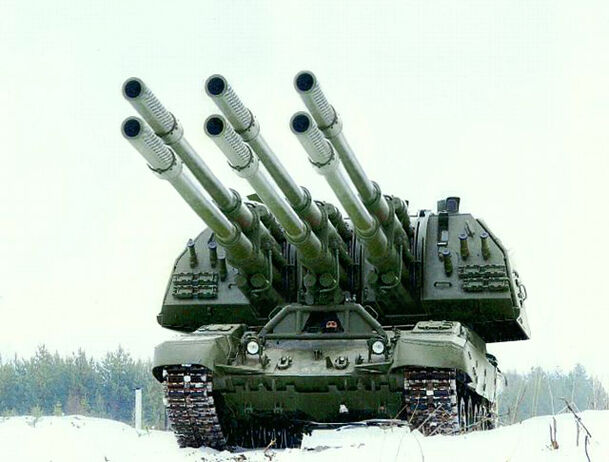1 vehicle with 2 guns is a lot cheaper than 2 vehicle with 1 gun but I was talking about naval aplication in withc you do not have spave for more than 1 turret anymore so more guns on the 1 turret is a good solution and dont try and tell me that 2 normal cruisers is cheaper than 1 with a bigger turret.
For a naval gun turret space is not a problem, so two or even three guns side by side are actually rather common.
The problem is effect... having two guns increases the rate of fire, but if one 152mm shells are ineffective against a heavy target like a huge fort or bunker then two shells wont be effective either. A ship can sit off a coast and pound a target for days so rate of fire is not normally critical.
the first shells that arrive in an artillery barrage are normally the most effective because after about 30 seconds everyone who was in the open will have found cover or be dead already. That means it is the first few shells that really count the most much of the time.
In that sense Rocket artillery is very effective for this reason.
A vehicle with one gun can carry more ammo by weight than a single vehicle burdened with multiple guns.
Having two guns on the Coalition in the land version made it taller and much heavier and reduced its amount of ready to fire ammo because of the weight of the extra gun, the extra feeding equipment and the extra aiming and stabilisation equipment needed to use the extra gun.
If you need to send a heavy barrage of shells onto an area target then amass lots of vehicles and concentrate your fire that way.
Making all your vehicles big and heavy and unable to transport by air or rail (too high for tunnels) and you limit the usefulness of the weapon... and for what... to increase the rate of fire?
It is an artillery piece with guided shells... you don't need to fire hundreds of rounds... a few well aimed shots and then move.
On a ship things are different... no air transport and no rail transport so a bigger turret with more guns makes sense, but having four barrels just adds complication and weight. Two on the other hand was the original design and makes a lot of sense.
With the above I am referring to 152mm artillery shells.
With anti aircraft guns then a higher rate of fire makes a lot of sense.... for very small calibre guns like 23mm and 30mm cannon. For 57mm guns on land a single barrel gun firing guided shells and AHEAD type shells then a single barrel is lighter and cheaper and just as effective.
For a naval system I could see them going for a twin barrel mount just because there is no reason not to.
The ZSU-23-4 has four barrels to send up large bursts of shells rapidly to fill a piece of airspace rapidly.
The 2A38M 30mm cannon is a twin barrel cannon able to do that rapidly too, but they need to because targets like UAVs are getting smaller so you need to put up more rounds to ensure a hit.
With the new 57mm rounds it is guidance and fusing that allows the rounds to be effective even small bursts of a few rounds only.
The bigger rounds also offer better range and terminal effect on target.
as for autoloaders ships will not need APFSDS,HEAT and HE they just need HE so you do not need to change ammo while feeding and even if you did you would not remove the round from the chamber you would fire it and the next one would be the new type.
Dumb HE shells are cheap and simple and you could carry a huge number, but when the threat is a supersonic anti ship missile coming in at wave top height being able to fire 2-3 shells that have guidance makes everything easier and quicker and cheaper.
SAPHEI would be a useful round, and guided shells would be useful too, as would AHEAD type rounds that detonate in the path of the incoming threat and showers them with shell fragments.
Even a Chaff/Flare round or a jamming round that will attract incoming weapons with a home on jam capability...
The Russians are spoiled for good artillery... they have good tube artillery and good rocket artillery and now their CAS assets like Hokums and Havoc and Frogfeet have become rather capable. The accuracy and responsiveness has increased dramatically... they wont need hour long barrages of the front lines before an attack is launched, and the ability to call in support and to highlight targets for other units to deal with has finally become a reality for the Russian forces.
They have showed in Syria what their special forces and air power can do... add a capable ground force and they are becoming a very formidable force.
They wont need twin guns on their artillery vehicles for that.









 SeigSoloyvov
SeigSoloyvov